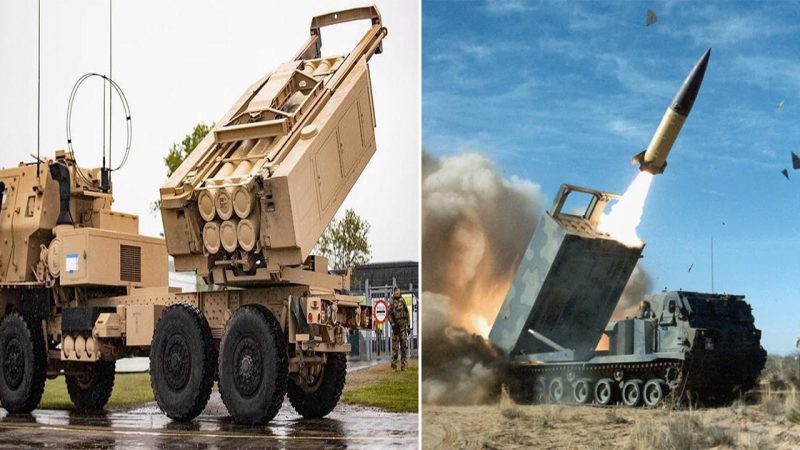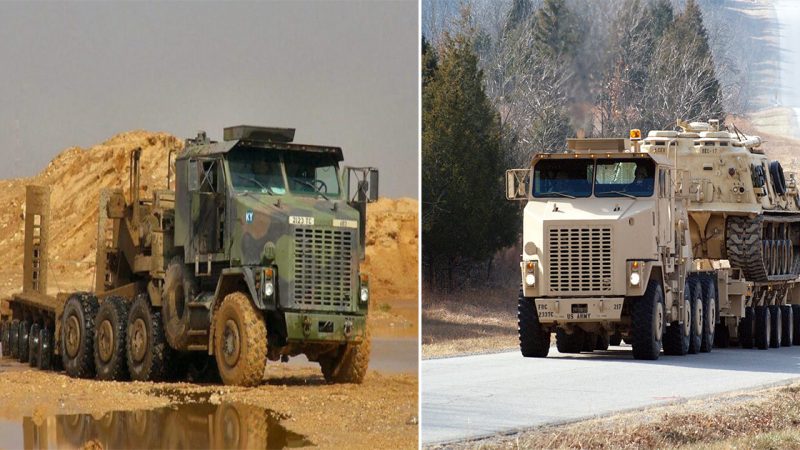Unveiling the Enormous Aircraft Graveyard: Exploring the World’s Largest Collection of Abandoned Planes in the Arizona Desert

Nestled in the arid landscapes of the Arizona desert lies an awe-inspiring testament to aviation history – an enormous aircraft graveyard that serves as a haunting reminder of the industry’s evolution. This sprawling expanse, known as the “Boneyard,” stands as the world’s largest collection of abandoned planes, each with its own story to tell. This article takes you on a journey through this unique site, exploring the fascinating history, the reasons behind its existence, and the eerie beauty of this silent testament to human ingenuity.

From fighter jets that patrolled the skies during the Cold War to strategic bombers that projected power across continents, these planes have seen it all. The history contained within this graveyard is a testament to the advancements in aviation technology, the changing nature of warfare, and the legacy of human achievement in the skies.

The “Boneyard” isn’t a place where aircraft come to die; rather, it’s where they find new purpose. There are several reasons behind the abandonment of these planes. Many aircraft are retired due to technological advancements that make them obsolete or uneconomical to operate. Some have served their operational life and are replaced with more advanced models. Others are stored temporarily as a part of a nation’s defense strategy, waiting for the day when they might be brought back into service.
Moreover, the desert environment provides a unique advantage for storing these retired planes. The dry climate of Arizona helps slow down the corrosion process, preserving the aircraft’s structural integrity and making them easier to refurbish if needed.

Walking through the “Boneyard,” one is struck by the eerie beauty that emanates from the juxtaposition of these abandoned aircraft against the backdrop of the desert. The rows upon rows of planes, each meticulously lined up, create a symphony of shapes and colors that is both captivating and melancholic. The sun’s harsh rays reflect off the polished surfaces, casting dynamic shadows and evoking a sense of surrealism.
Visitors are often left in awe as they ponder the stories these planes could tell if they could speak – tales of daring missions, heroic pilots, and the evolution of aviation. Some aircraft still bear the markings of their former operators, giving a glimpse into the history they were a part of.

The “Boneyard” isn’t just a final resting place for aircraft; it’s a living museum that preserves the legacy of aviation for future generations. Some planes are repurposed for museums, educational institutions, or private collectors. They serve as tangible artifacts, allowing people to physically interact with history and gain a deeper understanding of the evolution of flight.

The world’s largest collection of abandoned planes in the Arizona desert stands as a silent tribute to the progress of human aviation. The “Boneyard” tells stories of triumphs, challenges, and innovation that have shaped the skies above us. As we explore this unique site, we gain insights into the intricate relationship between technology, history, and the relentless pursuit of the skies.



